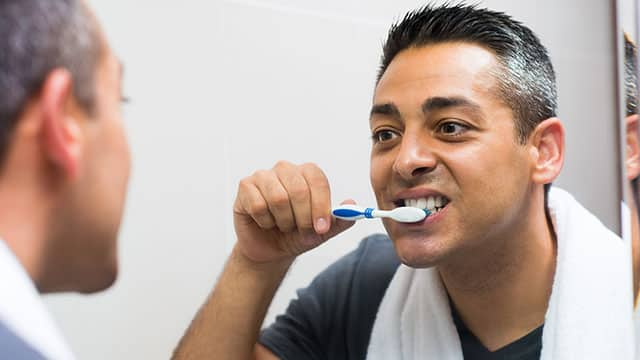What Is an Allograft and Why Is it Needed?
An allograft is a bone graft in which the replacement bone comes from another person. The Centers for Disease Control and Prevention notes that it can be:
- Fresh or fresh-frozen
- Demineralized freeze-dried
- Freeze-dried
Demineralized freeze-dried and freeze-dried are the most commonly used allograft materials in dentistry.
So how are allografts useful in dentistry? If you are interested in getting an implant, you need to have adequate bone to secure the new tooth. However, some patients have insufficient bone due to an existing disease, while others have jawbones that aren’t thick enough or are too soft. In such cases, the bone needs to be built up before an implant is placed. A bone allograft will ensure that you have a stable structure for successfully placing the implant. Without it, your implant won’t be able to support powerful motions like chewing.
The Graft Procedure
The process of having a successful allograft can take a couple of months. The allograft procedure is typically performed by a periodontist or oral and maxillofacial surgeon. Grafts can be done under local anesthesia and can take less than an hour.
After this, the condition of your jawbone determines how you will proceed. If you need only minor grafting, it can be done simultaneously as the implant surgery. In other cases, it takes several months before the transplanted bone grows enough new bone for installing the implant.
Potential Risks
If you’re concerned about disease transmission through the graft, the Centers for Disease Control and Prevention reports that there has been no known transmission of disease during the 30-year history of using freeze-dried bone allograft. When using freeze-dried bone allograft and demineralized freeze-dried allograft, the delay in processing ensures that there is time to test them for any pathogens.
The usual risks seen in other surgical procedures also hold true for grafts. These include pain, infection, or swelling. Your oral surgeon or dentist can help you find solutions for any unexpected discomfort that may come up.
What Does Recovery Look Like?
Recovery after a dental bone graft like an allograft typically takes about 4-6 months in total. It’s essential to follow your dentist or oral surgeon’s advice to prevent failure or complications. Aside from swelling or pain, in the days following the procedure, you may experience discomfort in the form of draining from the surgical site, minor bleeding, bruising, or nausea from the anesthesia.
Things to consider during your recovery:
- Use a cold compress and OTC painkillers to manage the discomfort
- Take blood thinners if prescribed by your dentist
- Consume soft foods while your mouth heals as well as foods high in calcium and vitamin D to speed up the recovery
- Avoid smoking, excessive drinking, or mouthwash that contains alcohol
- Set up follow-up visits with your dentist or oral surgeon to check on your recovery
Oral Care Center articles are reviewed by an oral health medical professional. This information is for educational purposes only. This content is not intended to be a substitute for professional medical advice, diagnosis or treatment. Always seek the advice of your dentist, physician or other qualified healthcare provider.
ORAL HEALTH QUIZ
What's behind your smile?
Take our Oral Health assessment to get the most from your oral care routine
ORAL HEALTH QUIZ
What's behind your smile?
Take our Oral Health assessment to get the most from your oral care routine















